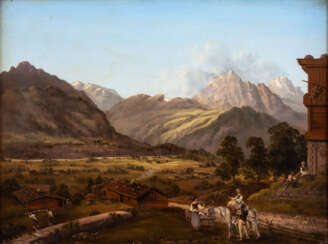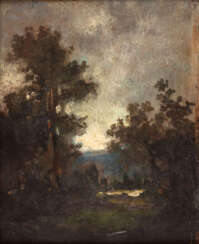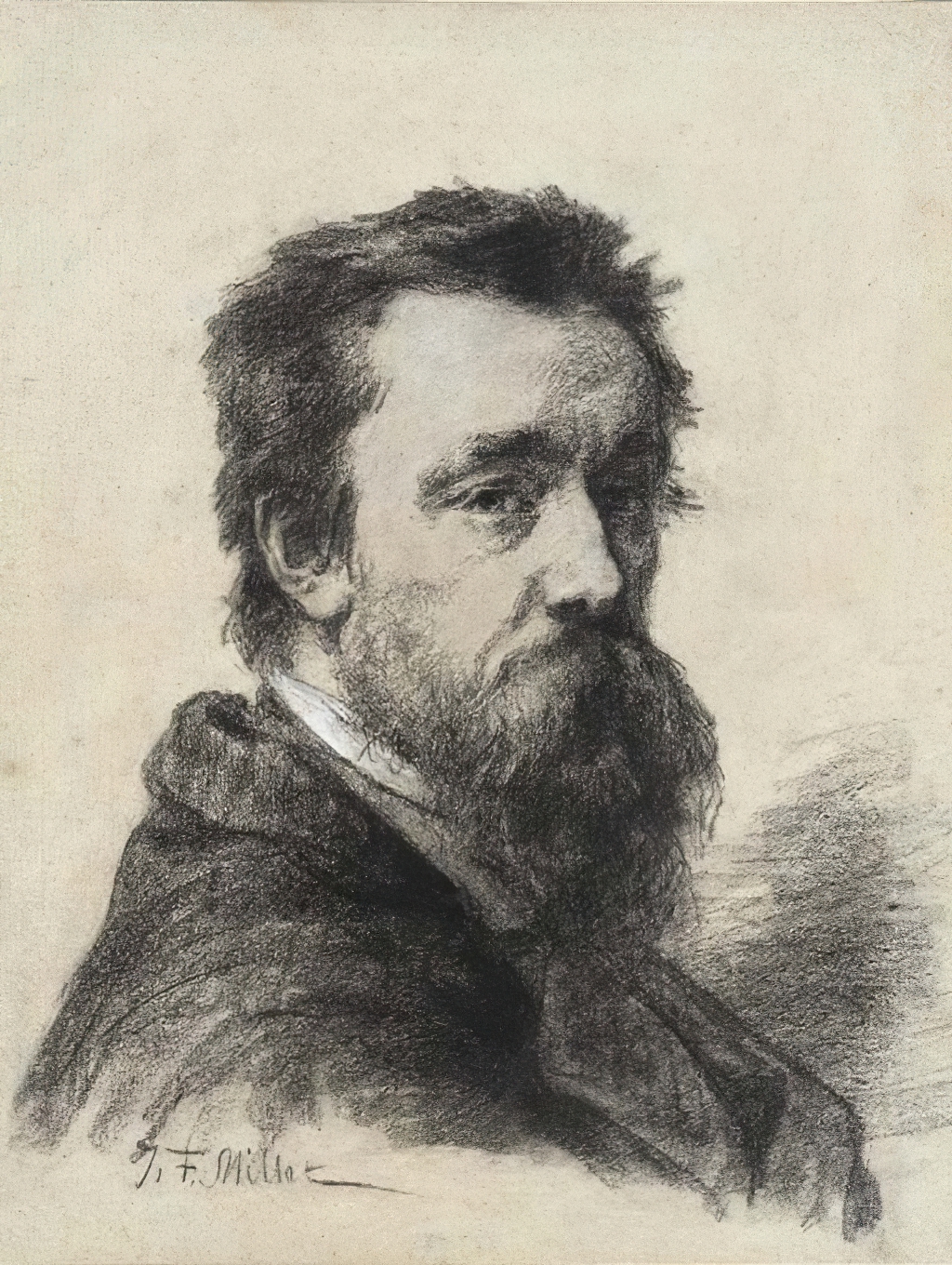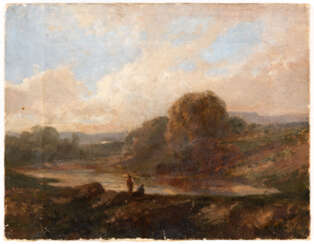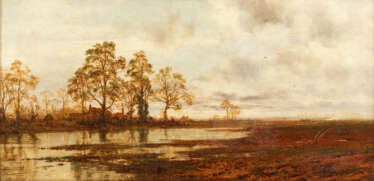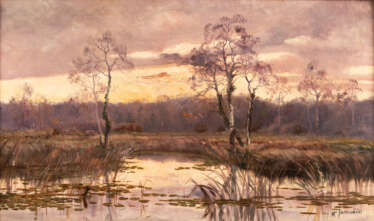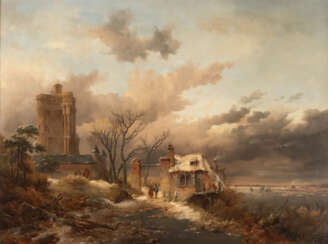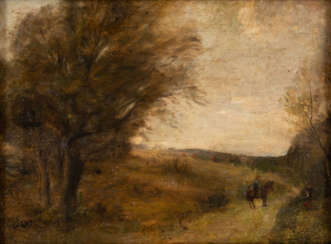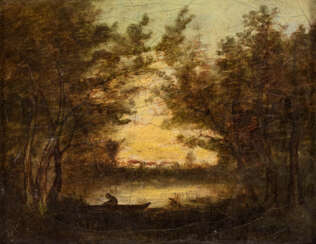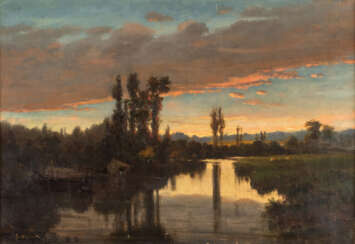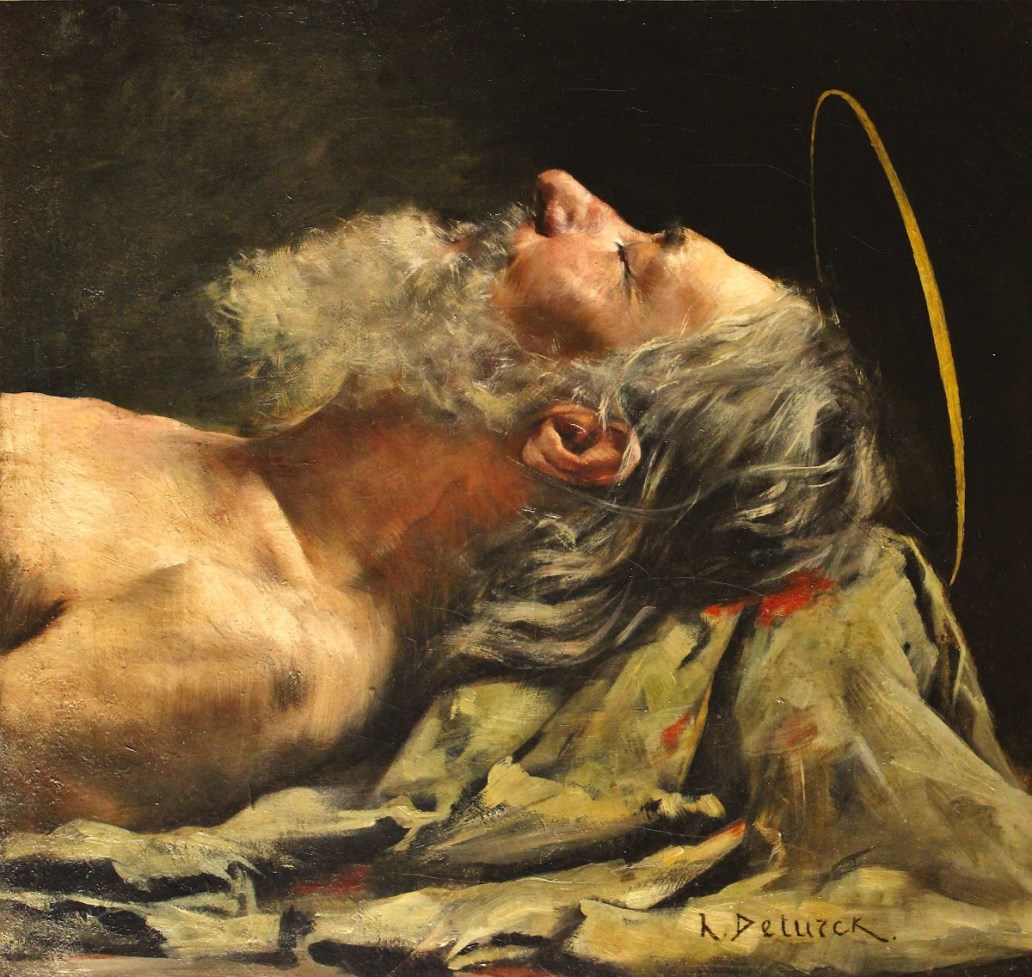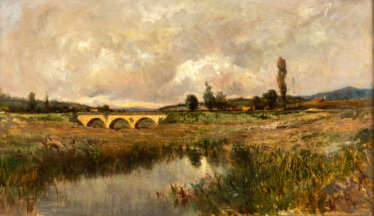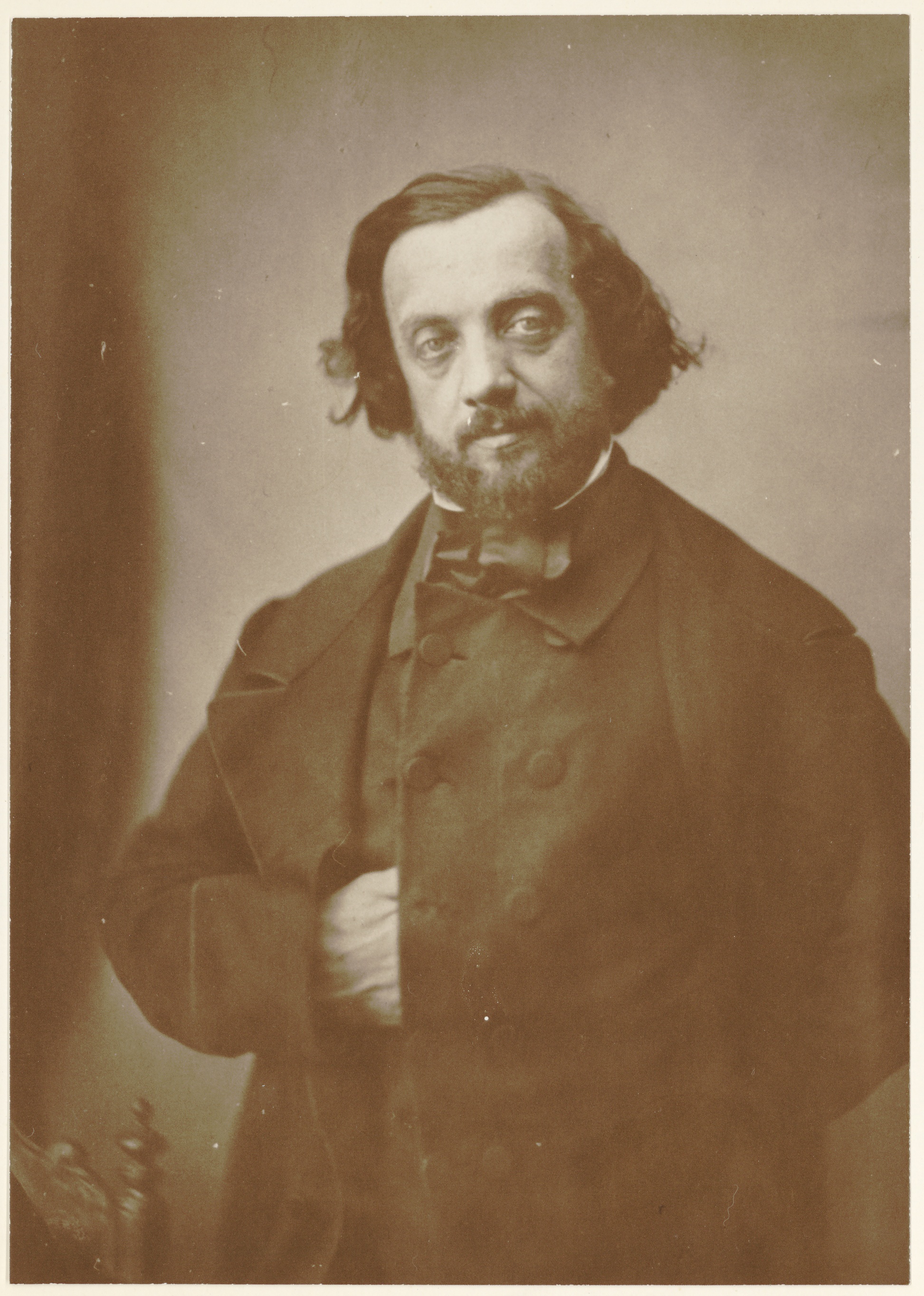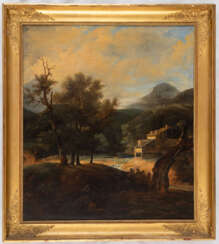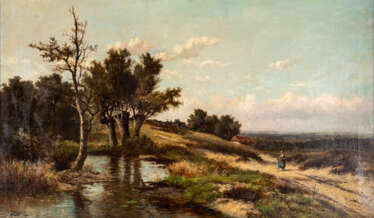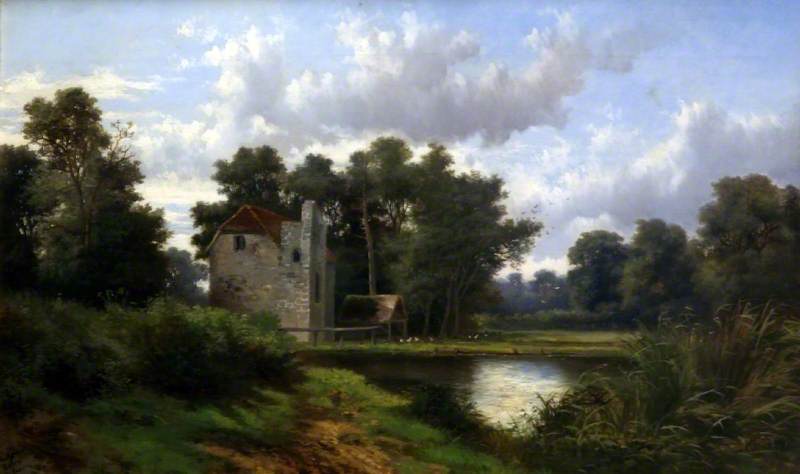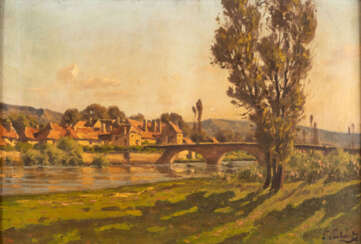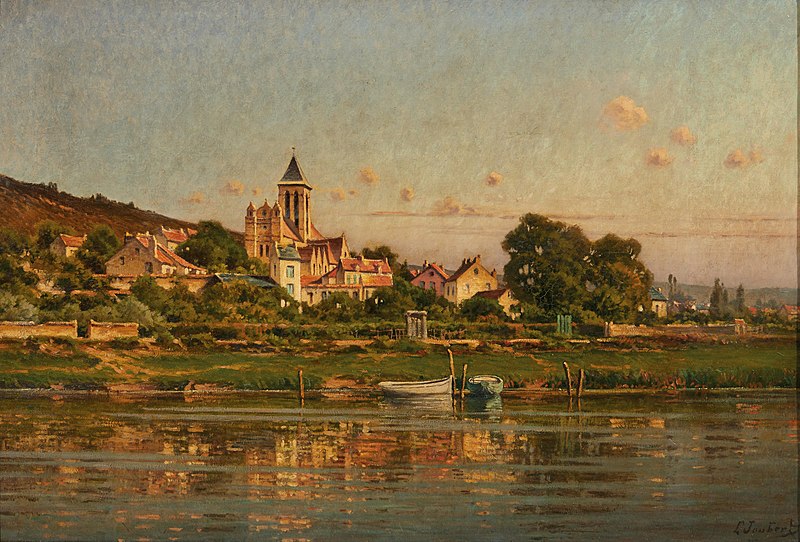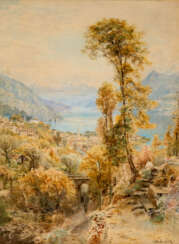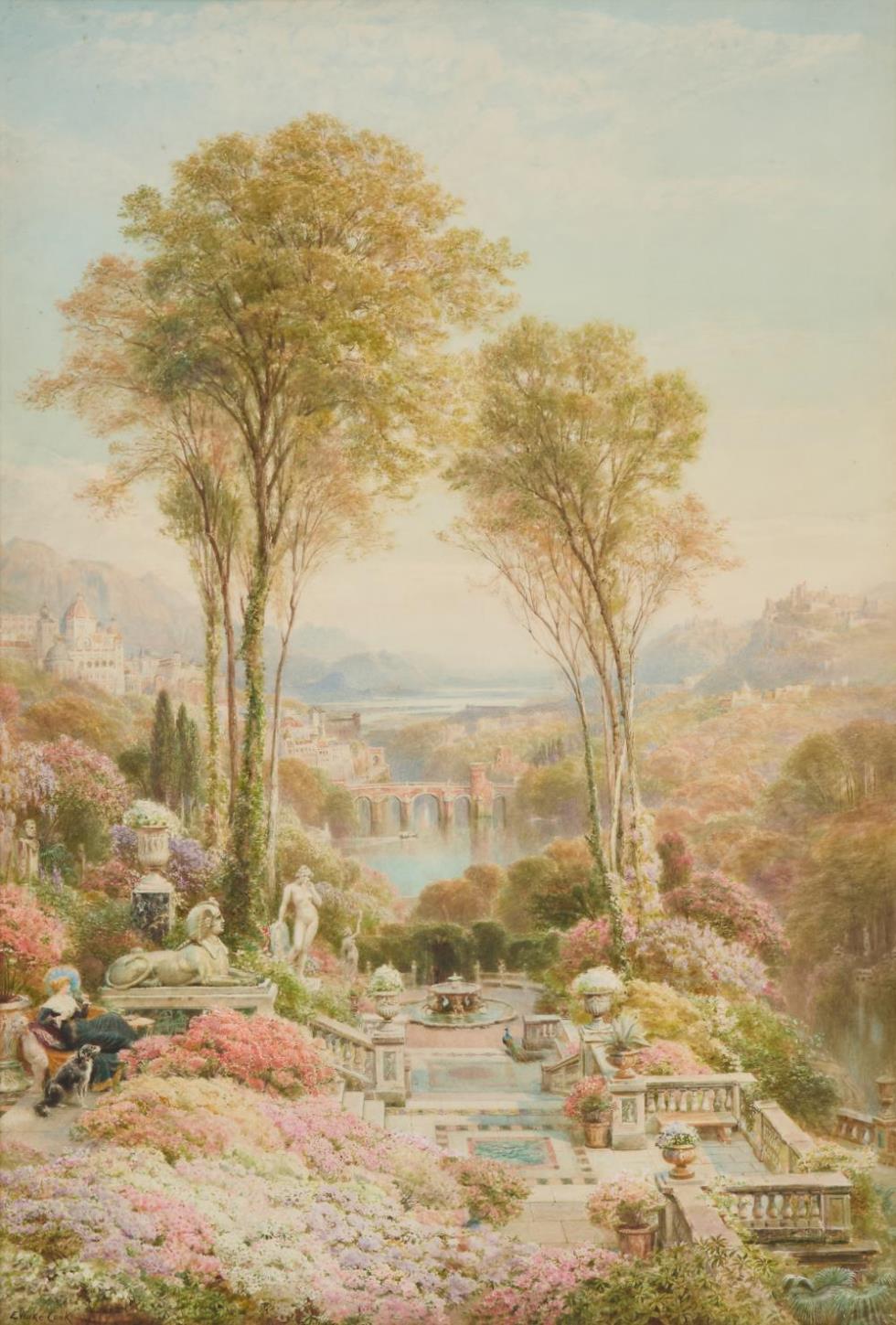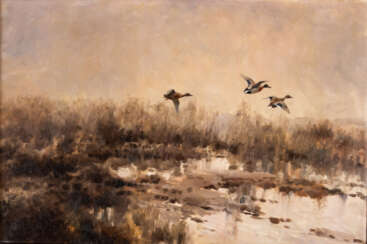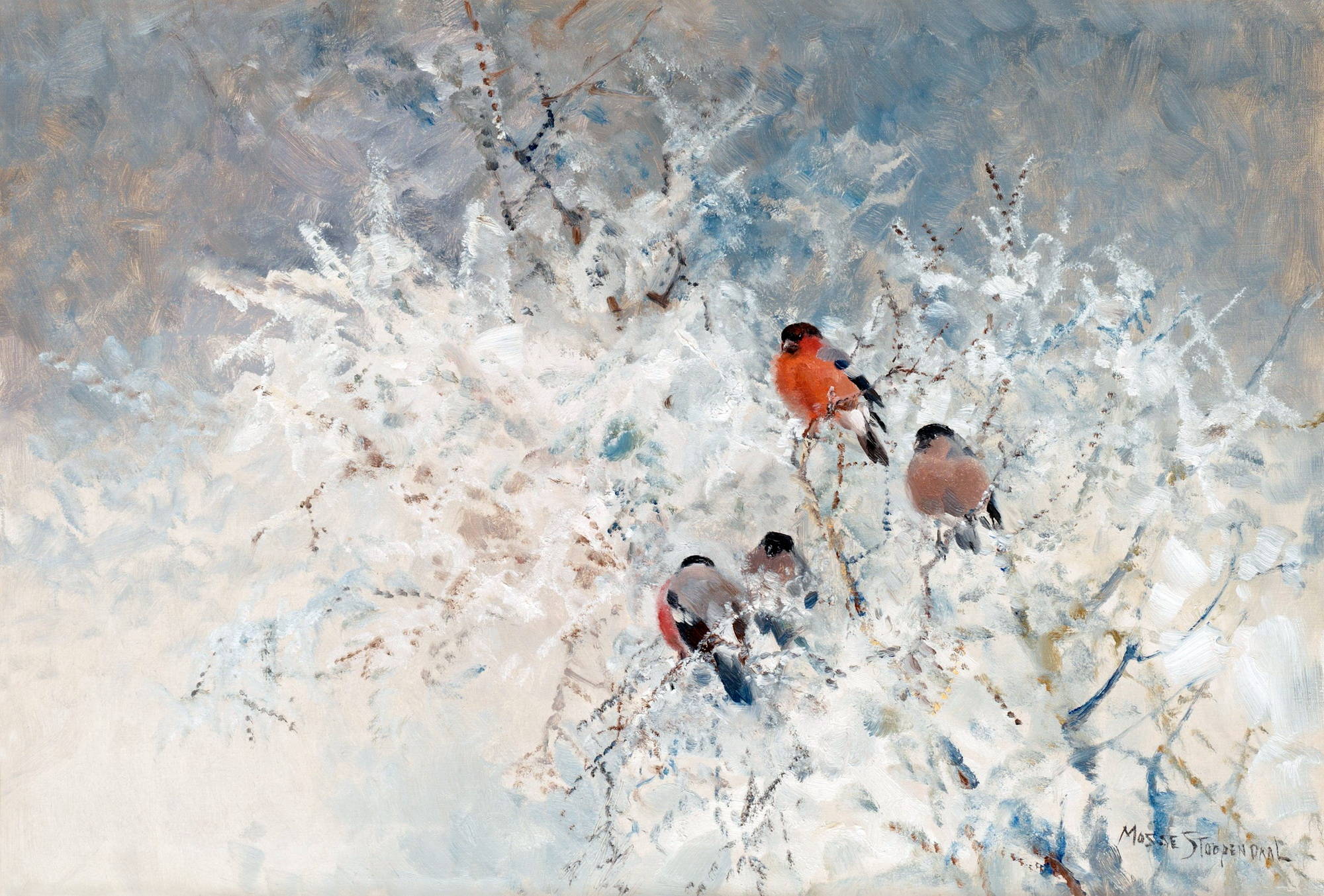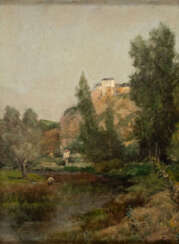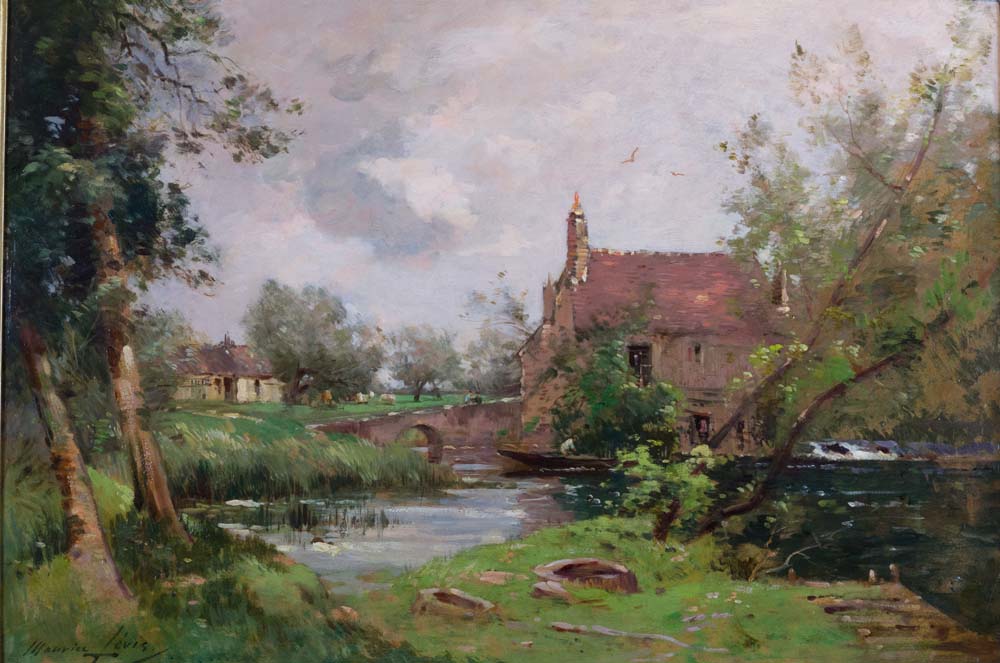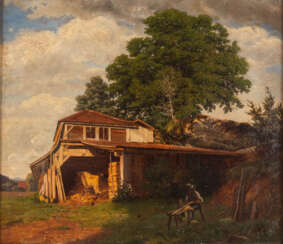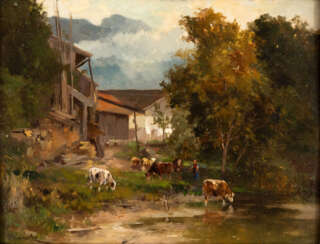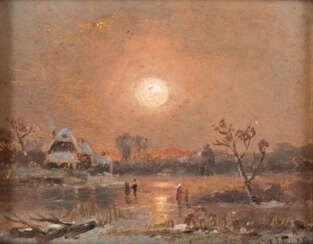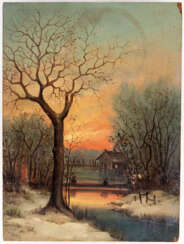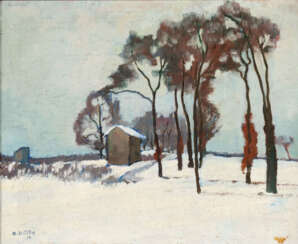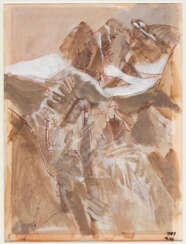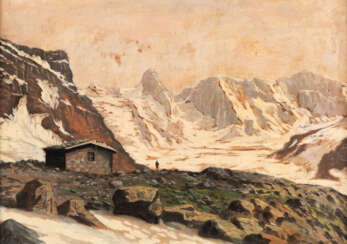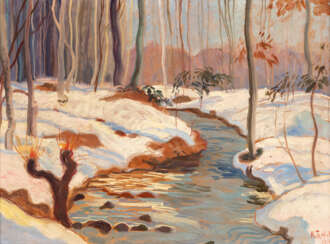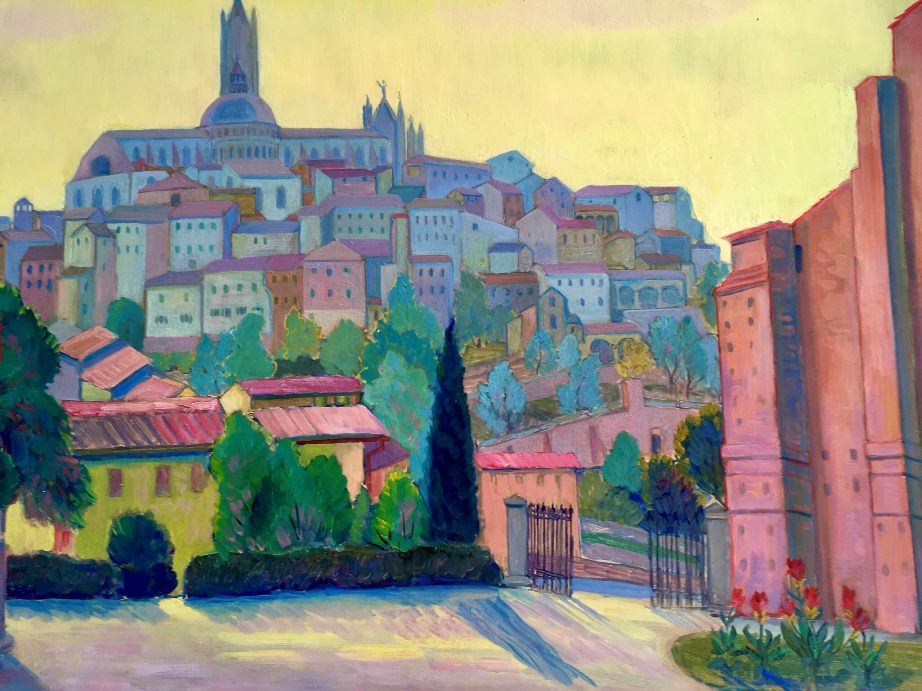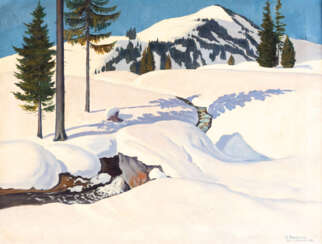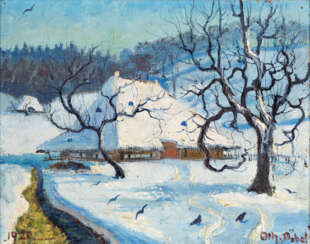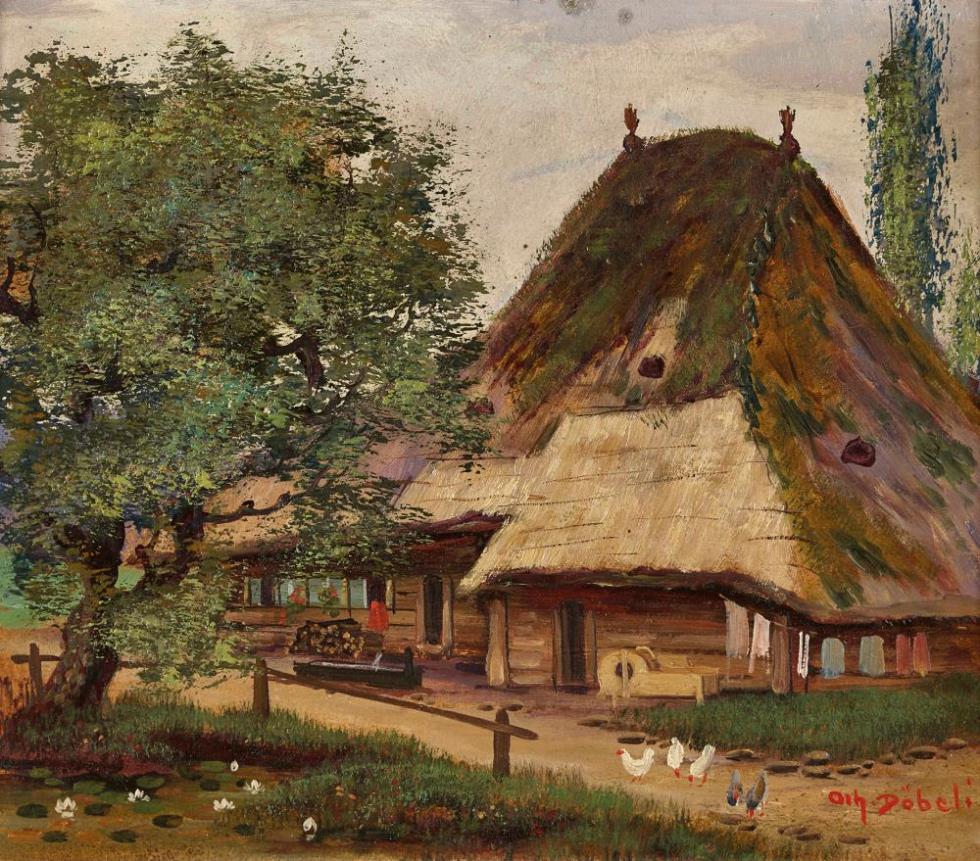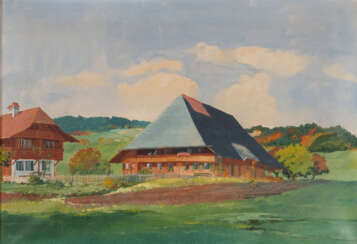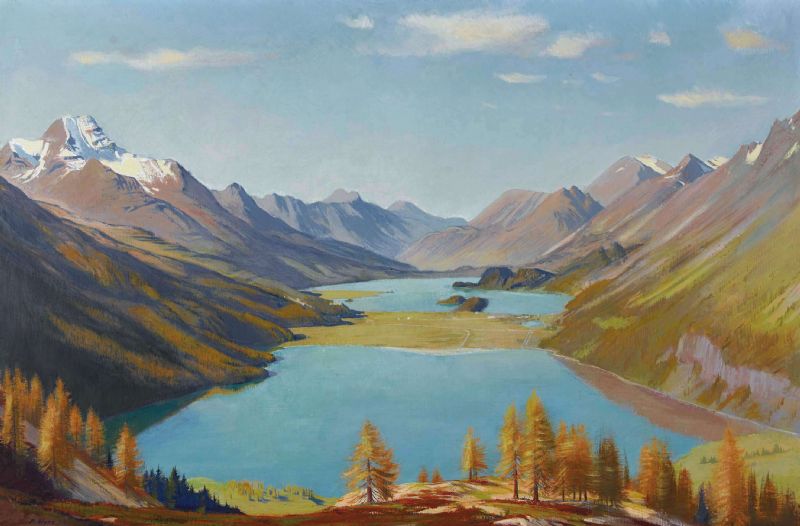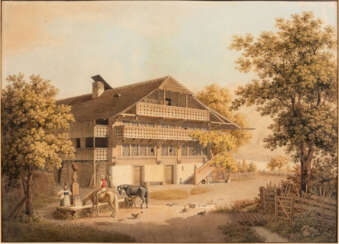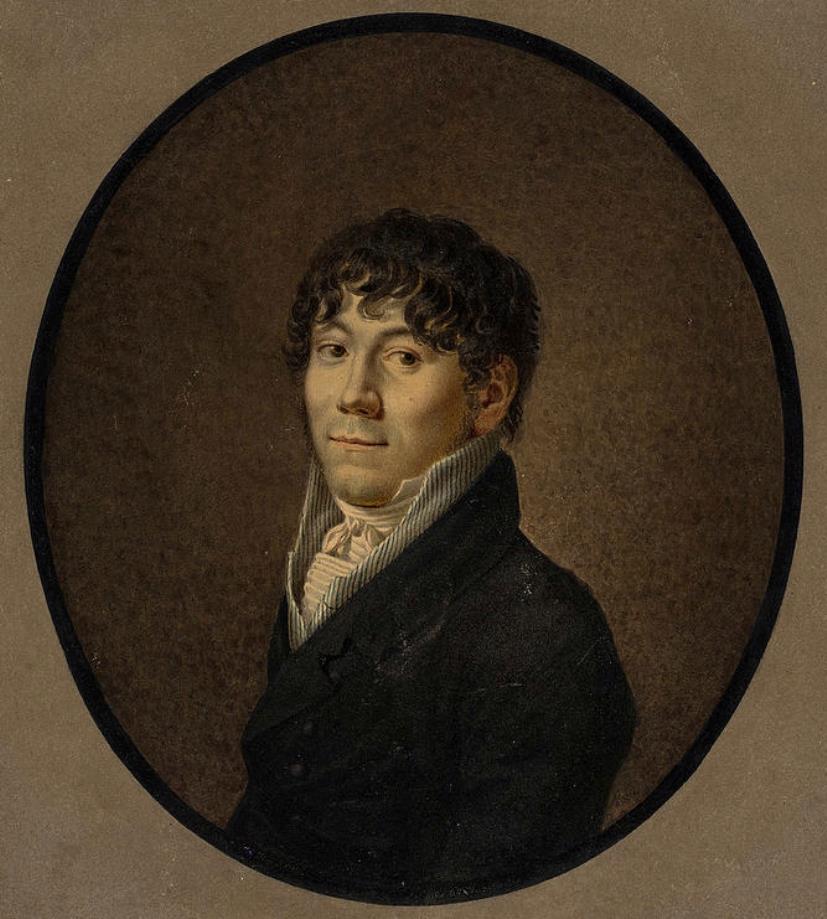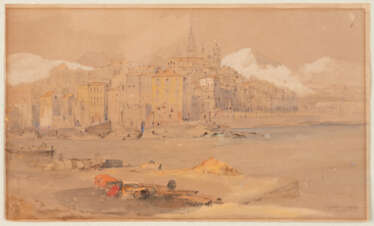
Landscape paintings of the 19th/20th century — ART AND ANTIQUES & MODERN AND CONTEMPORARY ART
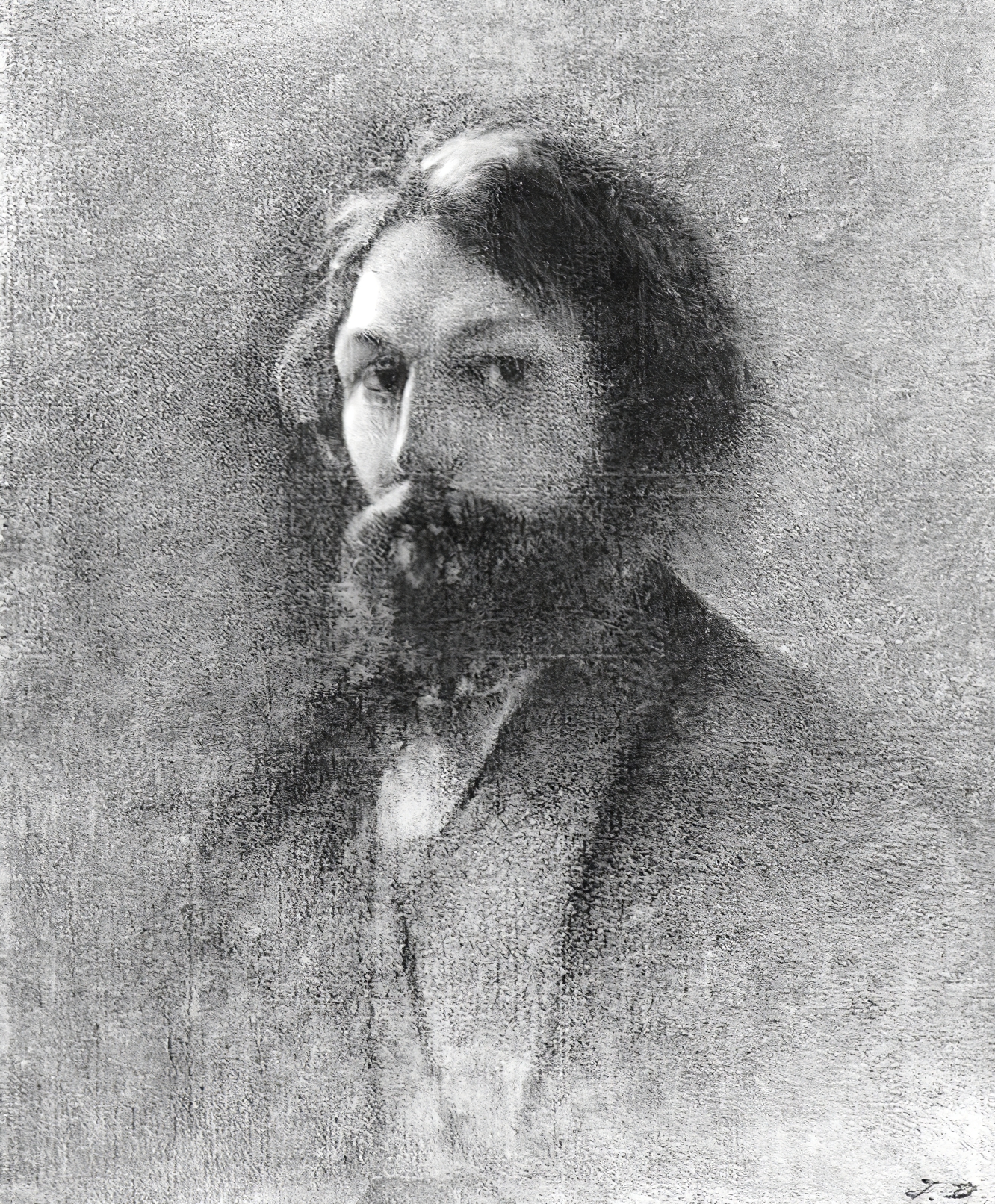
Jules Louis Dupré was a French painter, one of the chief members of the Barbizon school of landscape painters. If Corot stands for the lyric and Rousseau for the epic aspect of the poetry of nature, Dupré is the exponent of its tragic and dramatic aspects.
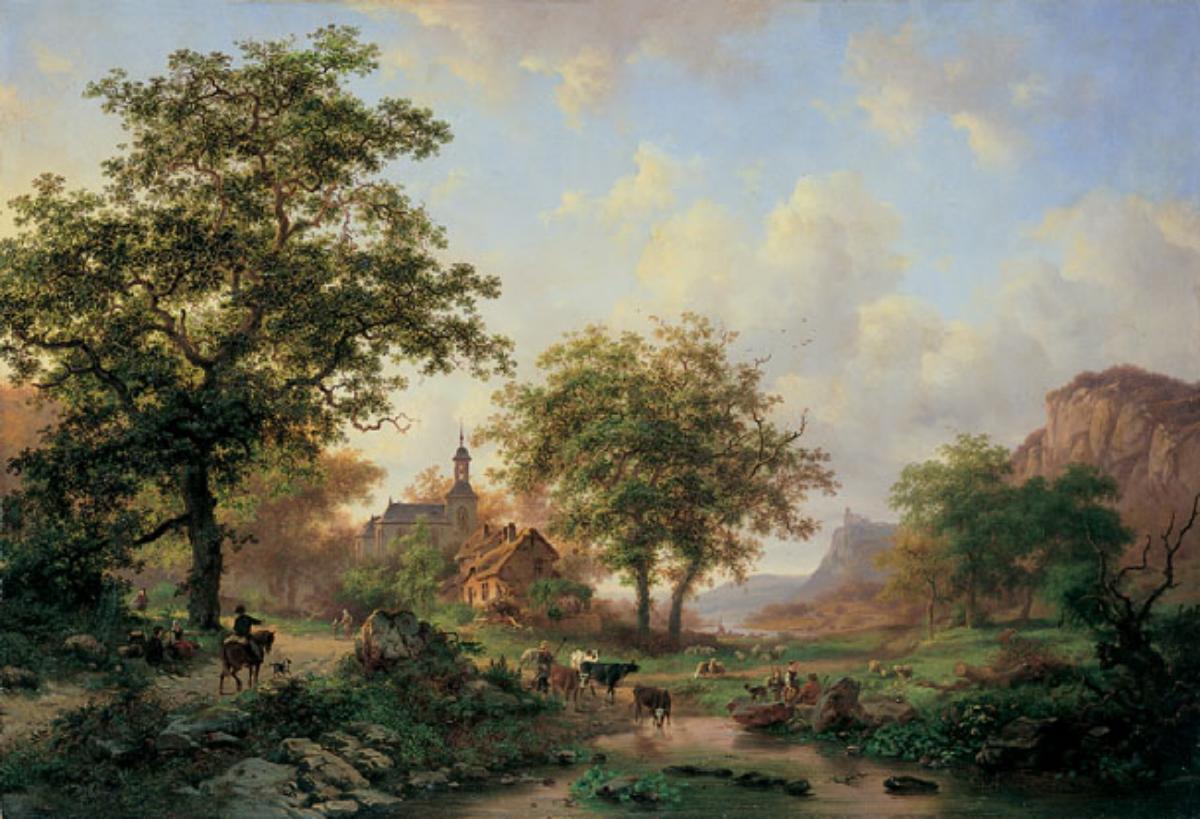
Fredrik Marinus Kruseman was a Dutch painter who specialized in Romantic style landscapes. He received his first drawing lessons from Jan Reekers and attended the Vocational School in Haarlem from 1832 to 1833. That year, he began to study painting with Nicolaas Johannes Roosenboom and, in 1835, moved to the Gooi, where he took advanced studies with Jan van Ravenswaay. He also studied briefly with the landscape painter, Barend Cornelis Koekkoek. In his output of approximately 300 to 350 paintings, only three still-lifes are known and the rest are landscapes. He also made a large number of drawings.
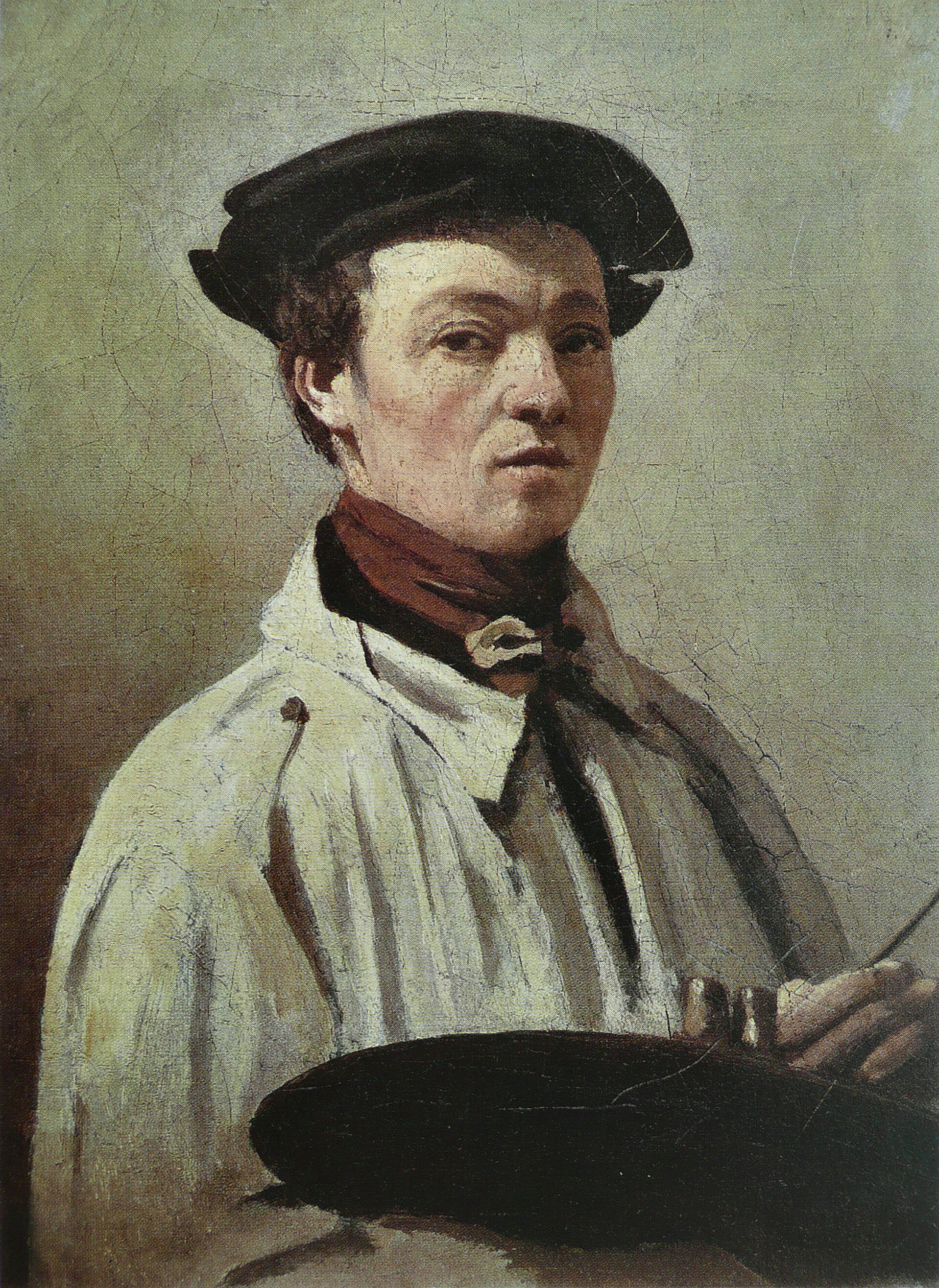
Jean-Baptiste-Camille Corot was a French landscape and portrait painter as well as a printmaker in etching. He is a pivotal figure in landscape painting and his vast output simultaneously referenced the Neo-Classical tradition and anticipated the plein-air innovations of Impressionism.

Jean-Baptiste-Camille Corot was a French landscape and portrait painter as well as a printmaker in etching. He is a pivotal figure in landscape painting and his vast output simultaneously referenced the Neo-Classical tradition and anticipated the plein-air innovations of Impressionism.
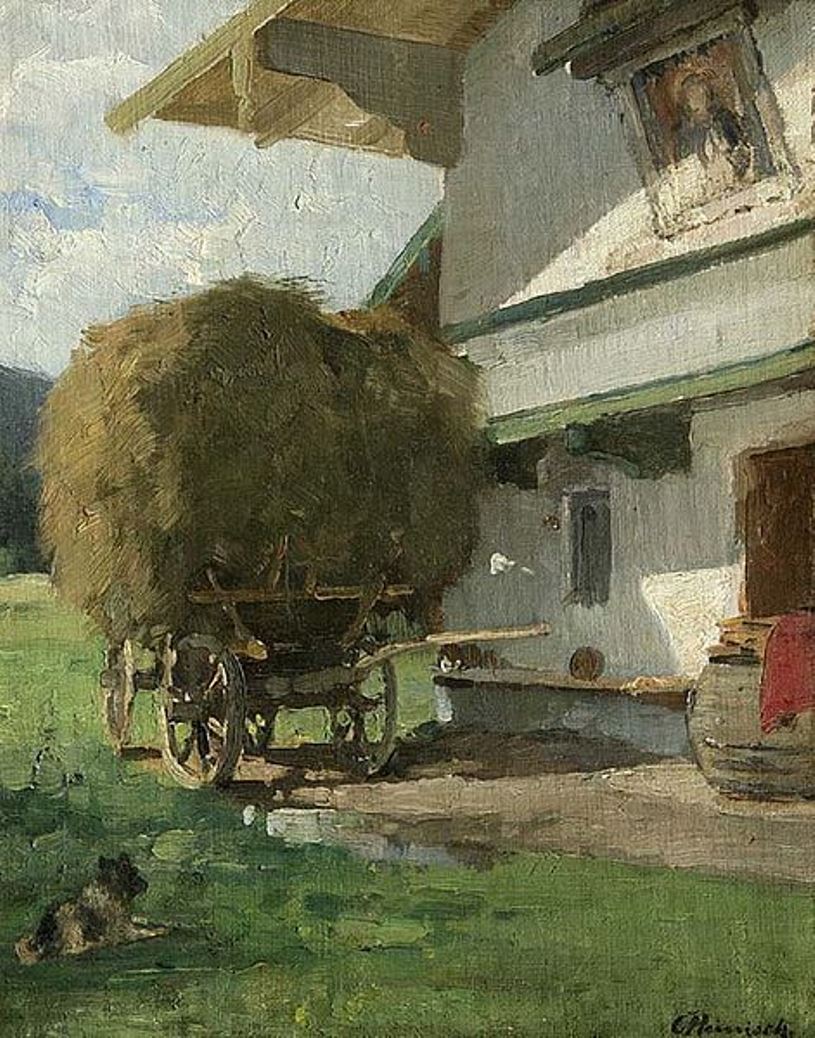
Karl Adam Heinisch was a German painter and draftsman who studied at the Academy of Fine Arts in Munich.
Heinisch is known for his depictions of idyllic scenes of peasants at work in the fields and farmsteads; he also painted landscapes and city sketches.
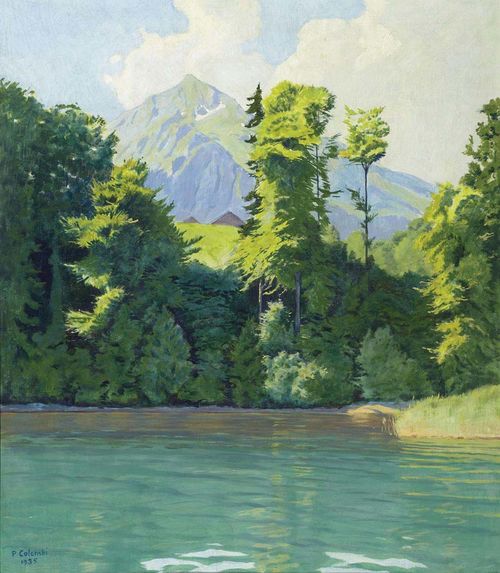
Plinio Colombi was a Swiss painter and graphic artist. For his paintings he often chose landscape motifs of the Lake Thun region and also painted still lifes. His works include prints, paintings, etchings, aquatints, lithographs, woodcuts, drawings, and posters.
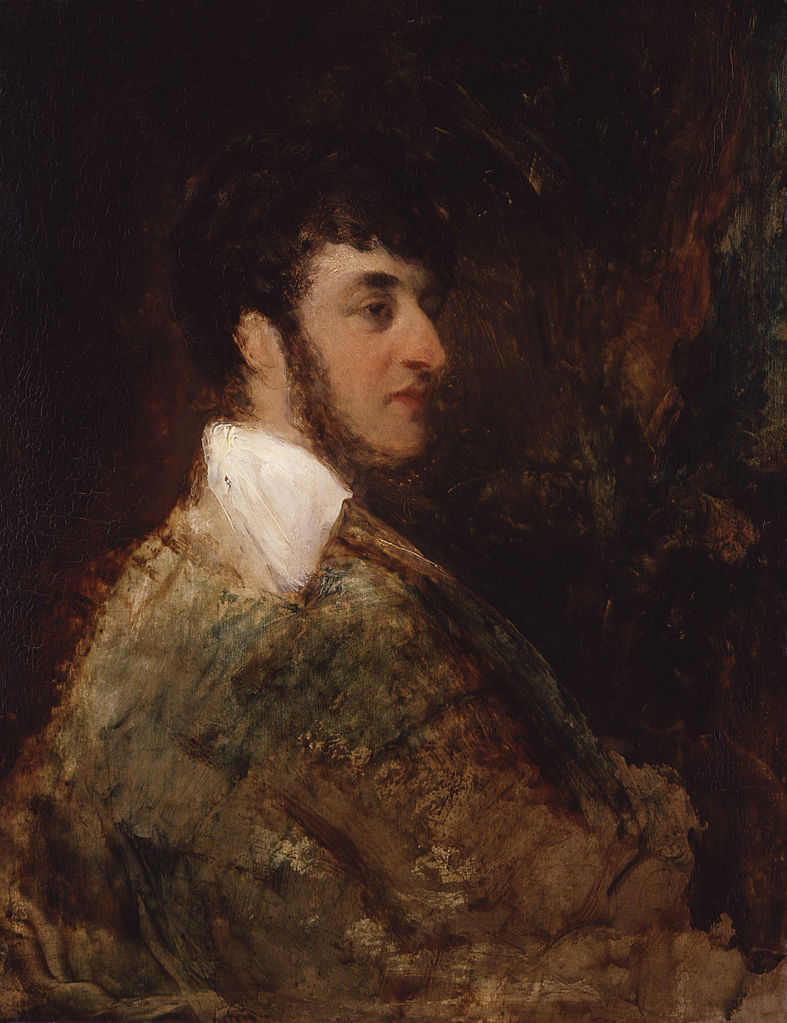
John Frederick Lewis was an English Orientalist painter. He specialized in Oriental and Mediterranean scenes in detailed watercolour or oils, very often repeating the same composition in a version in each medium. He lived for several years in a traditional mansion in Cairo, and after his return to England in 1851 he specialized in highly detailed works showing both realistic genre scenes of Middle Eastern life and more idealized scenes in upper-class Egyptian interiors with little apparent Western influence.
